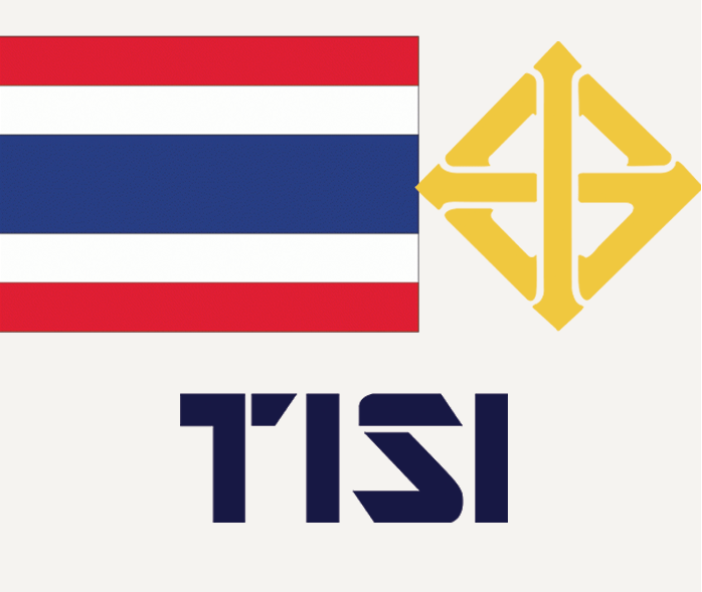Thailand implements safety standards for double-ended LED lamps
2022-03-03

The Minister of Energy of Thailand released the concept of Energy 4.0 at the Thailand Energy Week in 2017, and announced the implementation plan of relevant energy-saving policies. It will use a 20-year long-term energy plan to improve Thailand's electricity, electricity consumption and energy-saving measures, including various LED lighting. Import and use, as well as the promotion of energy-saving home appliances and electric vehicles, the Thai government will provide incentives to stimulate demand.
LED lamps exported to the Thai market must meet TISI certification requirements. The Ministry of Industry of Thailand issued the TIS 2779-2562 safety standard for double-ended LED lamps designed for retrofitting linear fluorescent lamps on TISI on August 31, 2021, which will be implemented on March 29, 2022.
1. Thailand standard: TIS 2779-2562 equal to IEC 62776:2014+ COR1:2015 Double-capped LED lamps designed to retrofit linear fluorescent lamps - Safety Specifications。
2. Mandatory range: rated power below 125W; rated voltage below 250V; lamp holder: G5 &G13;
3. Main test items:
3.1 Logo;
3.2 Interchangeability;
3.3 Safety of lamp pins when inserted;
3.4 Protection of live parts;
3.5 The mechanical strength of the lamp holder;
3.6 Lamp head temperature rise;
3.7 Heat resistance;
3.8 Fire and flame resistance;
3.9 Fault status;
3.10 Creepage distances and clearances;
3.11 Dustproof and waterproof test;
3.12 optical radiation;
4. Sampling requirements: One set of samples with the maximum power drawn from the application range for each lamp holder type as a representative test;
5. Items witnessed in the factory: interchangeability, insulation resistance, mechanical strength; the factory must have the above test equipment;
6. Certificate product information: The certificate will list the specific lamp holder type, rated power and rated voltage; for example: double-ended LED lamp; lamp holder G5, rated power: 8W, 14W, 16W, 22W; rated voltage: below 250V




